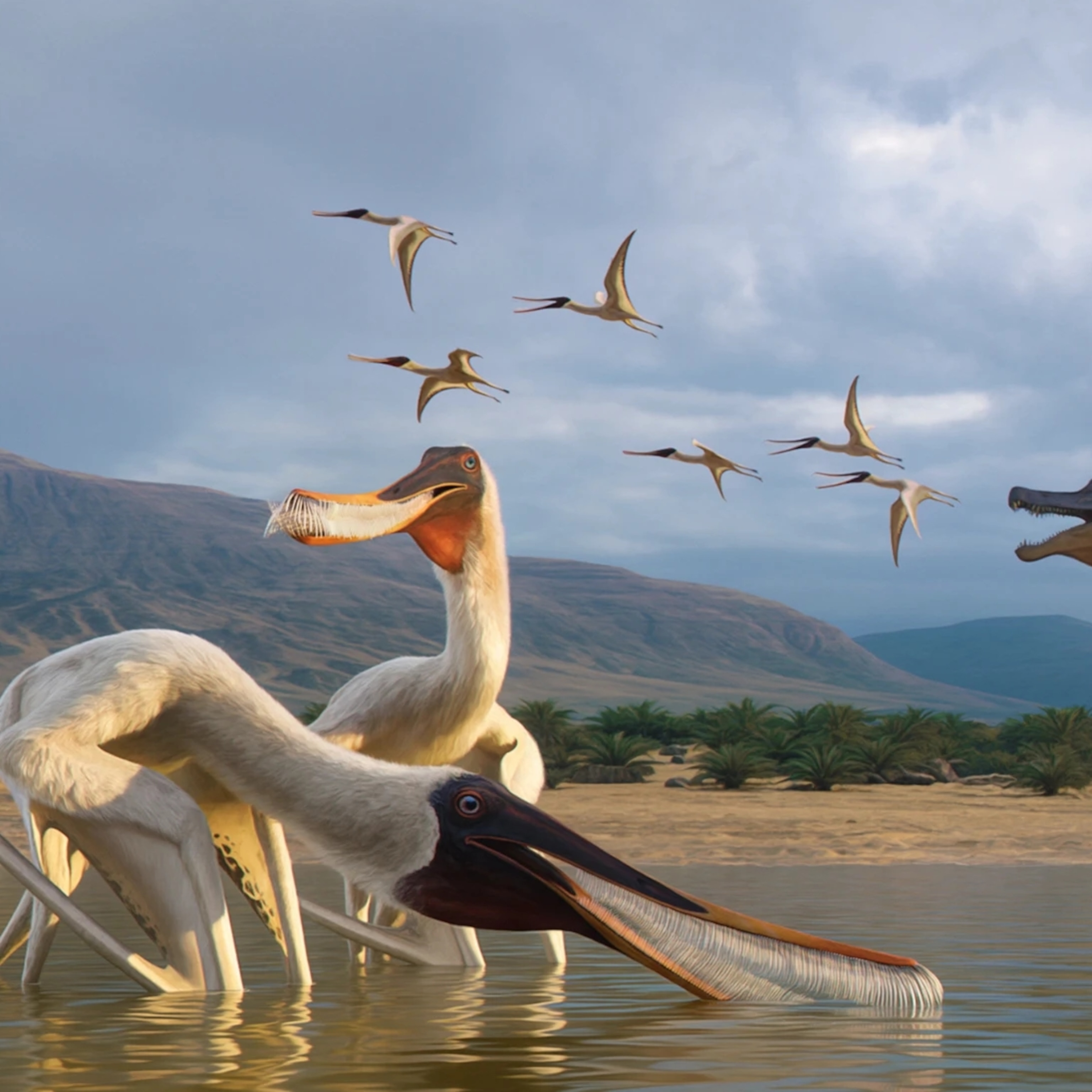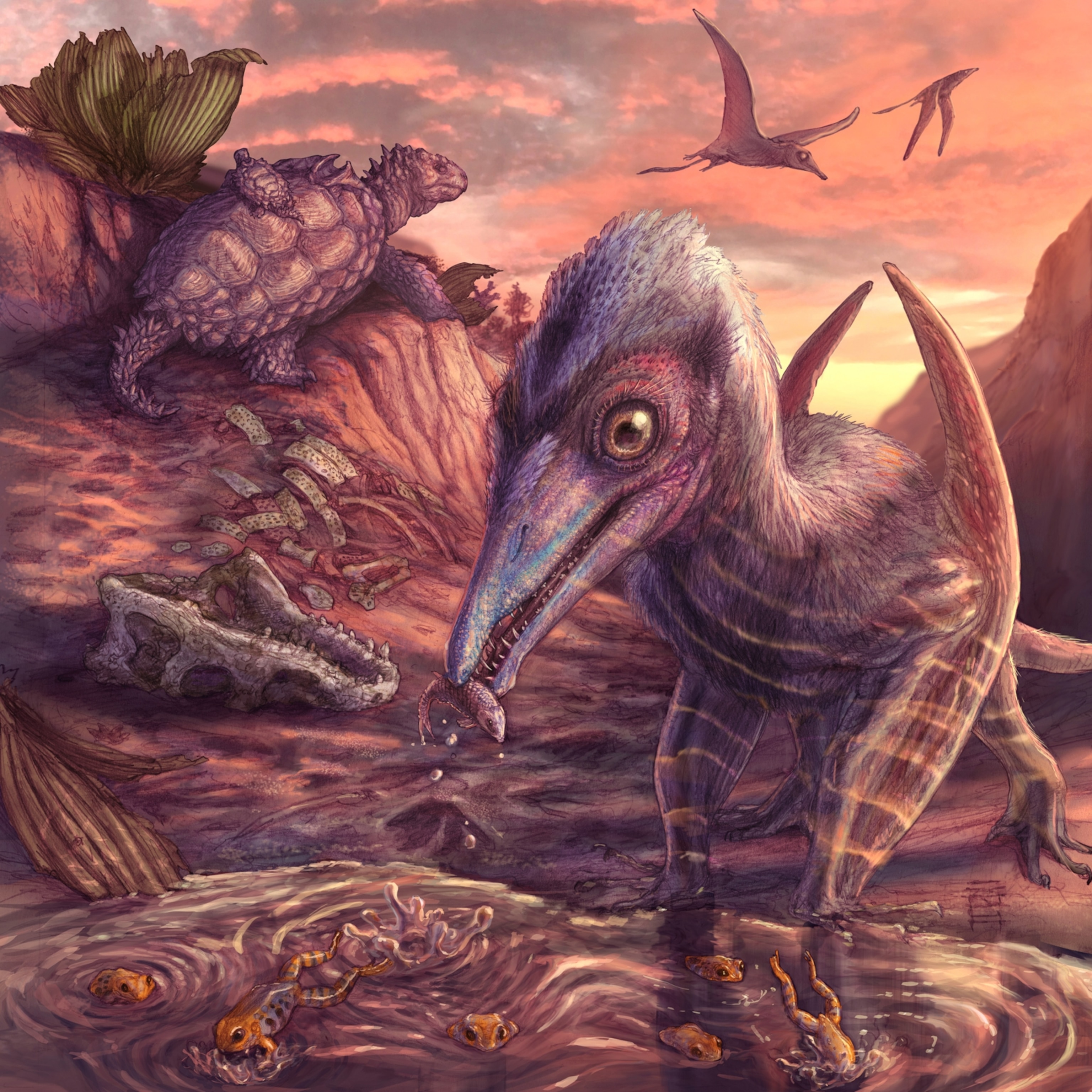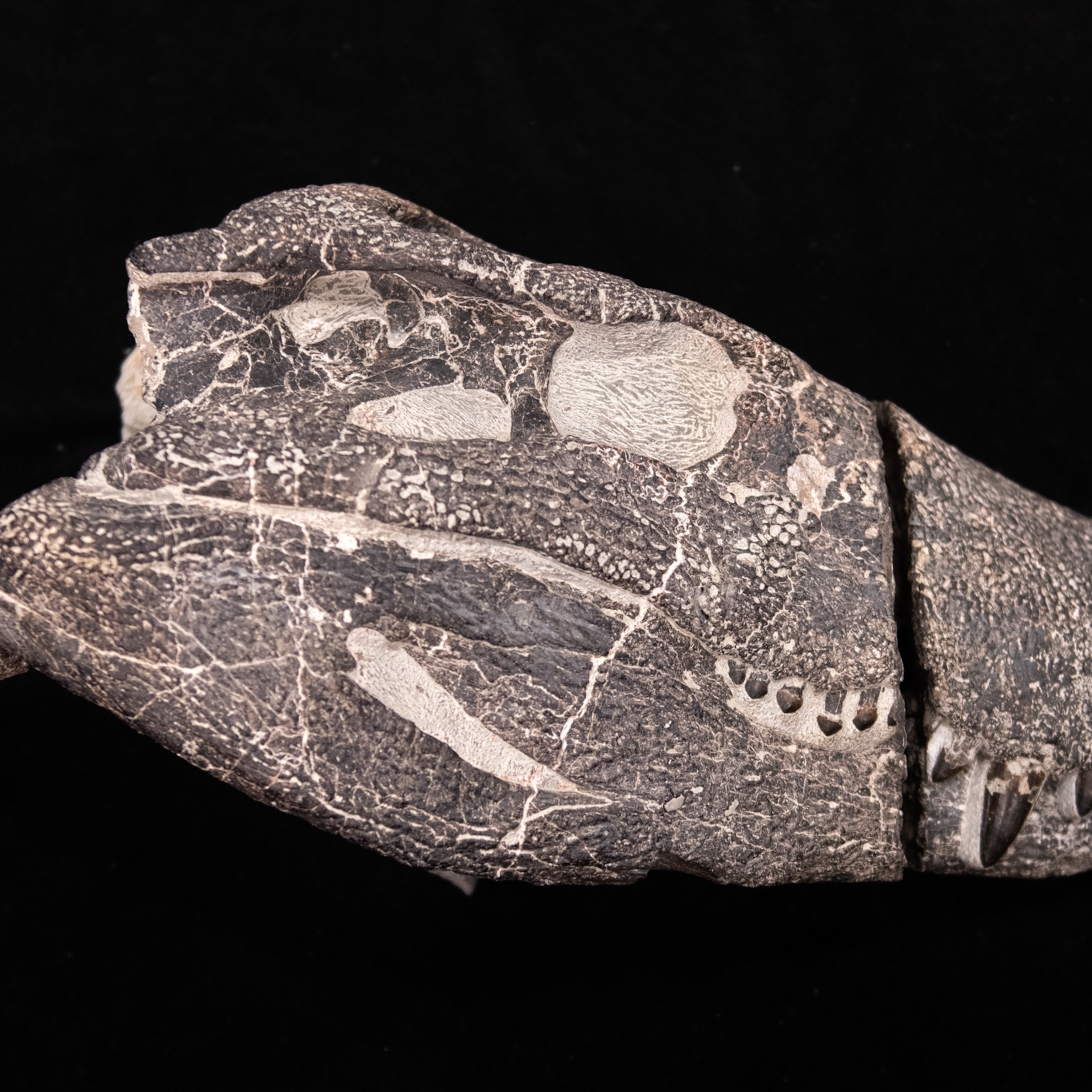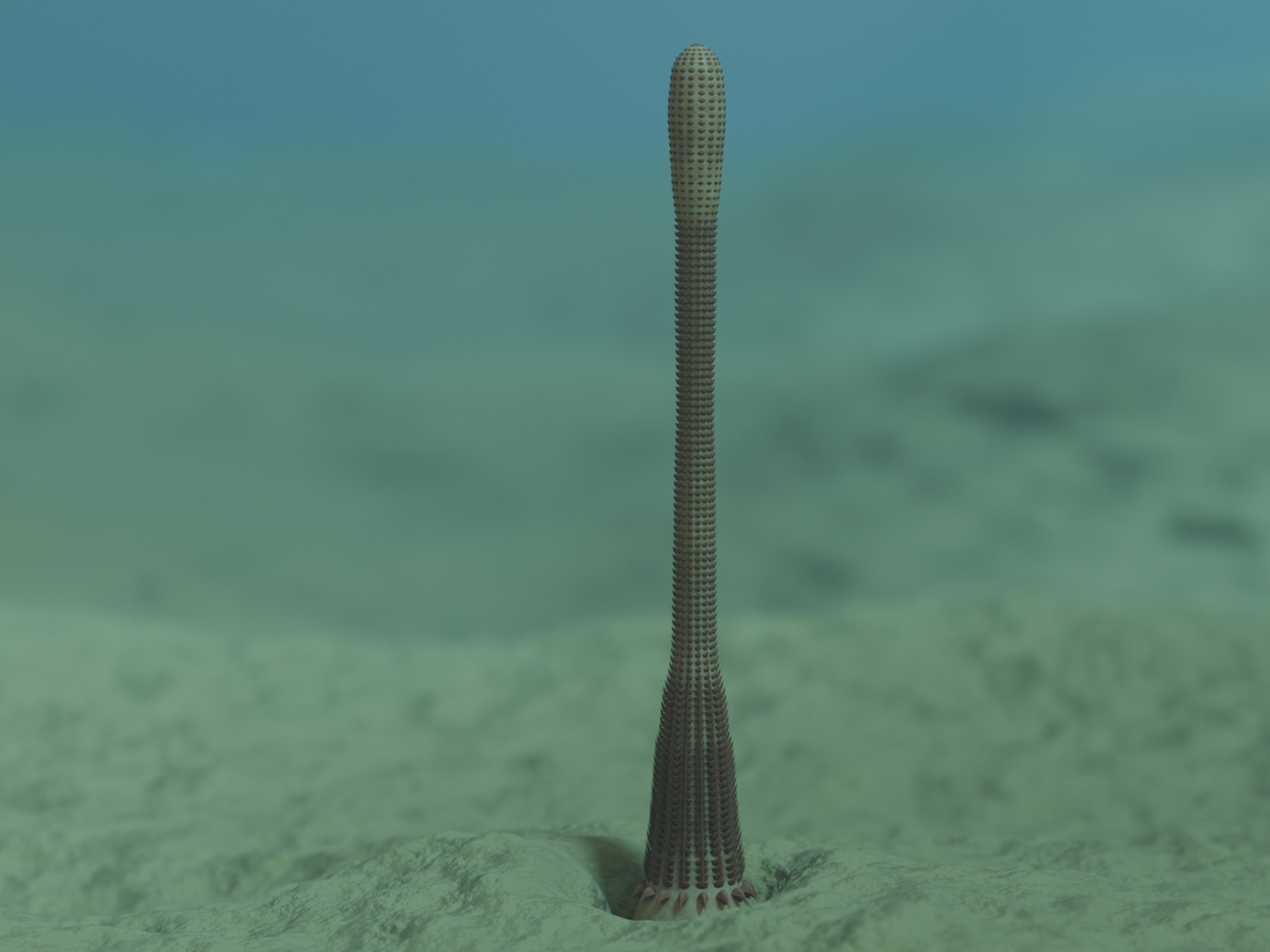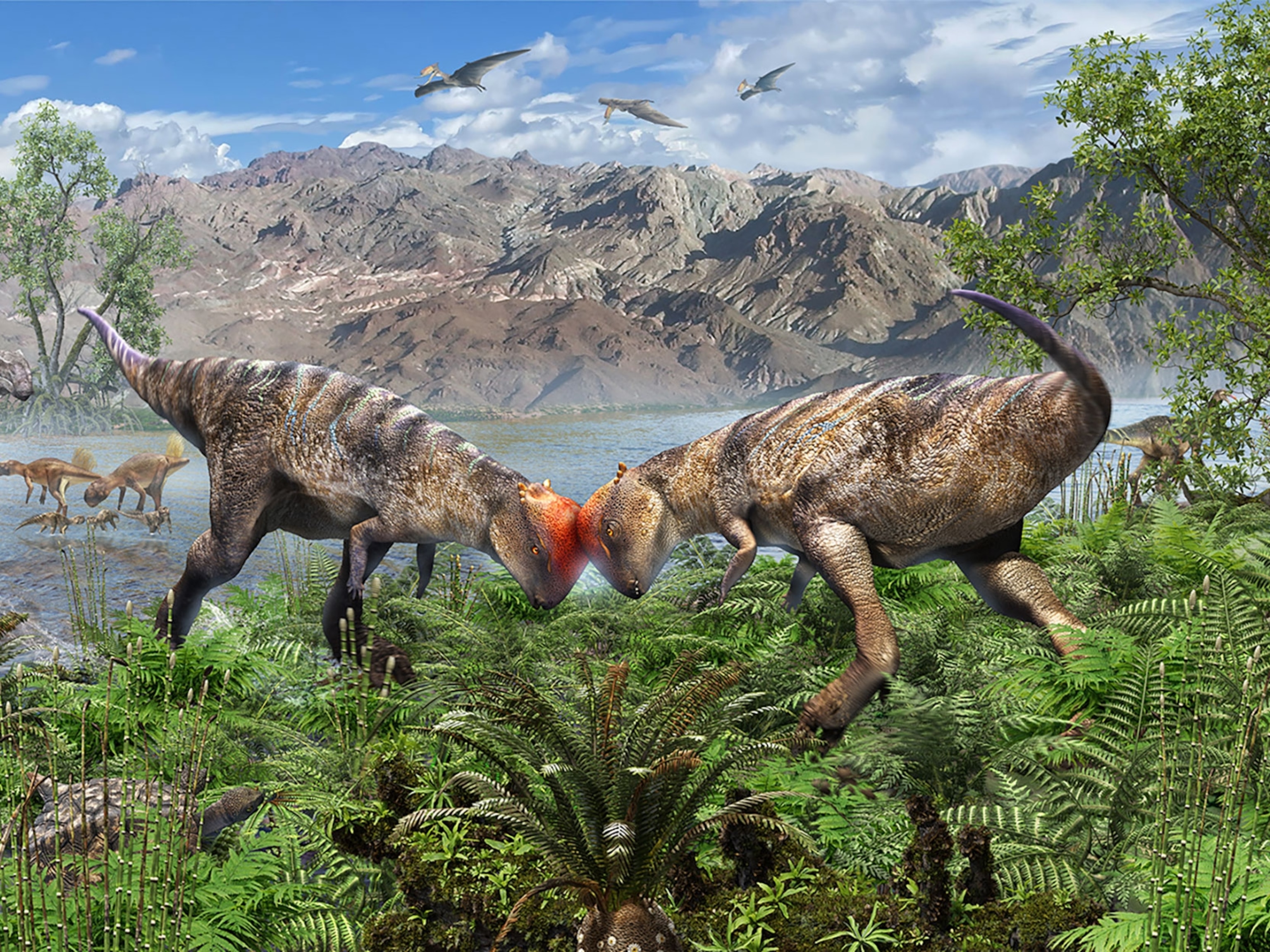
Ancient Flying Predator Found in Transylvania
Move over, Dracula: A new flying reptile fossil adds to the unusual population of large pterosaurs that once stalked Romania.
A fossil jaw from Romania is the largest pterosaur bone of its kind ever discovered, hinting that a giant species with a 29-foot wingspan once cast its shadow over what is today the region of Transylvania.
During the very latest part of the Cretaceous period, when sea levels were higher, the predator lived in an island archipelago. This was shortly before the mass extinction event 66 million years ago that killed off all the pterosaurs alongside the nonavian dinosaurs.
The animal was likely a relatively stocky, heavy-set pterosaur, with a short neck and large head. It may have been an omnivore that gobbled up dinosaur eggs, small crocodiles, freshwater turtles, and large fish found around the riverine environments it inhabited.
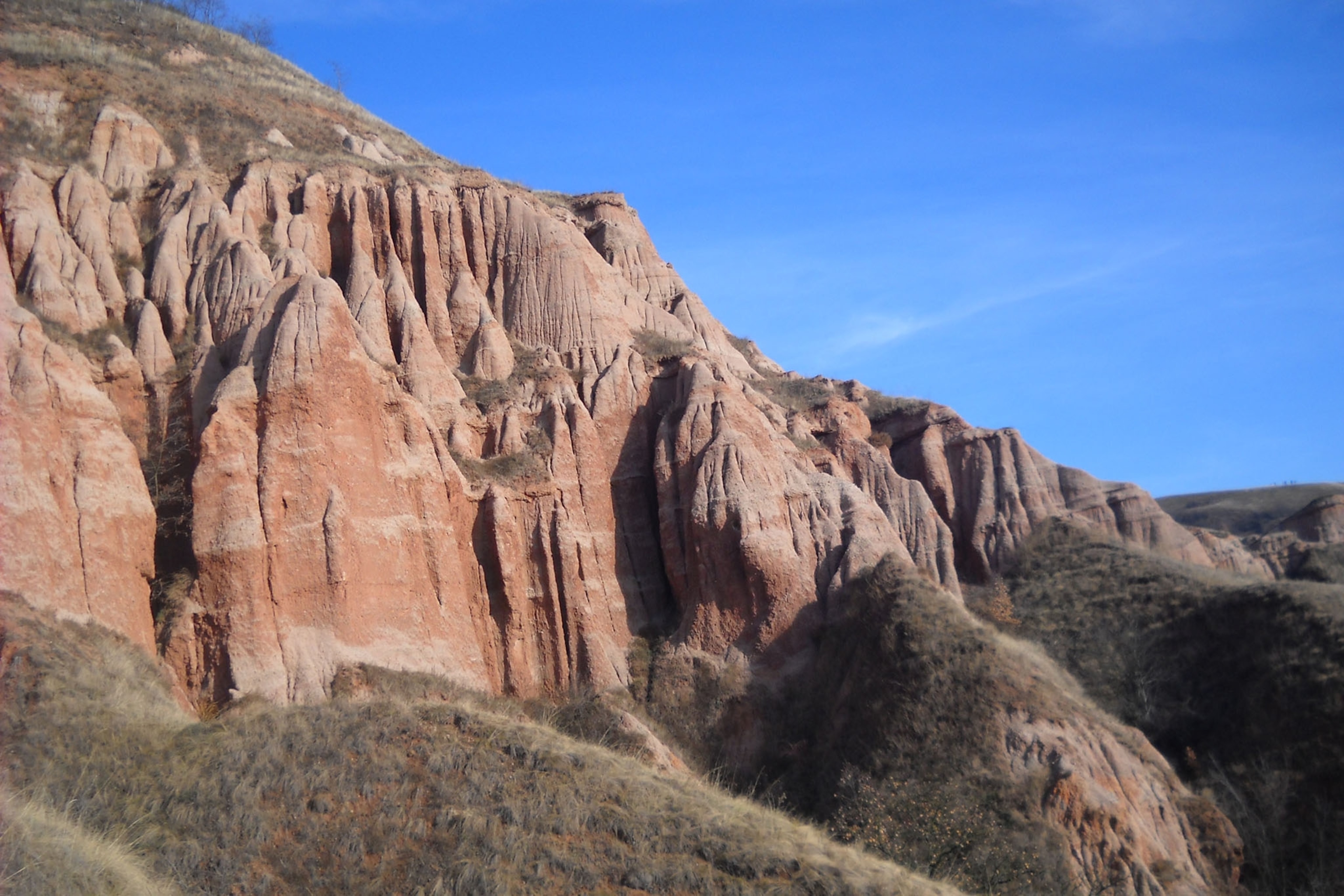
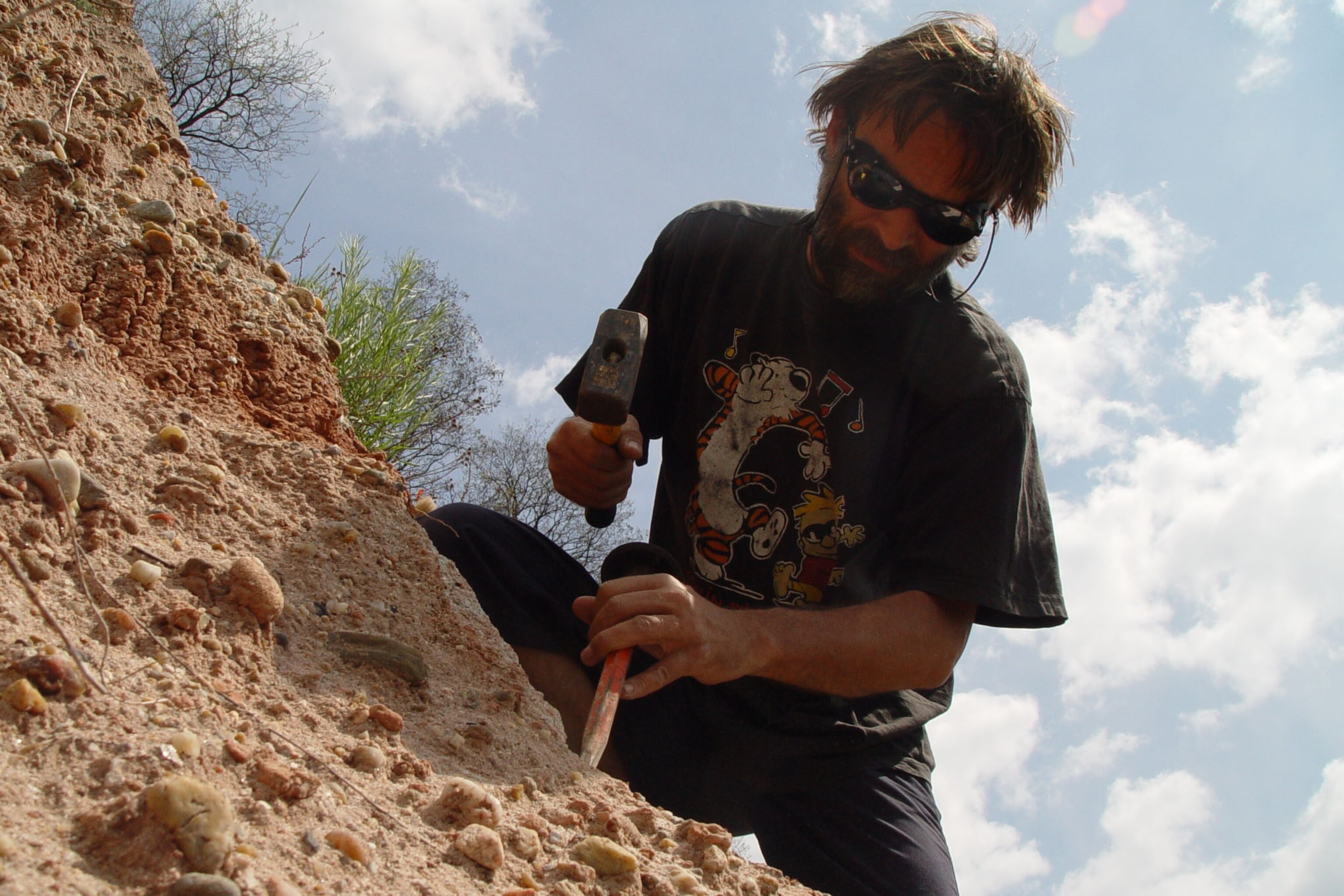
“It is not the largest pterosaur ever found, but it is the largest mandible [lower jaw] recovered to date, with a reconstructed length of 110 to 130 centimeters [3.6 to 4.2 feet],” says Transylvanian Museum Society palaeontologist Mátyás Vremir, lead author of a new study describing the find in the journal Lethaia.
“This might indicate a very large size pterosaur—possibly of 8 to 9 meters [26 to 29 feet] in wingspan.” (This pterosaur from Mongolia with a 36-foot wingspan was likely one of the largest animals to fly.)
The creature is the third type of enormous pterosaur revealed so far from this region, which means Transylvania can now boast the world’s largest known concentration of epically proportioned flying reptiles. That tally includes a giant found in 2009 and nicknamed Dracula by researchers, which is now a contender for the largest pterosaur that ever lived.
These and other pterosaur finds popping up in Romania are helping palaeontologists better understand how these weird wonders on wings fit into prehistoric ecosystems.
“Except for a few scraps, after more than a century of fossil collecting in Transylvania, nothing was known about pterosaurs until the last 16 years,” Vremir says. “In the past 10 years, the picture changed substantially, and over 50 fossil specimens were collected from various sites.”
Unusual Proportions
The massive jaw bone—the only part of the new animal found so far—was originally dug up in the Hateg region of Transylvania in 1978, but at the time it wasn’t recognized as a pterosaur. Vremir and co-author Gareth Dyke, a palaeontologist at the University of Debrecen in Hungary, were visiting Bucharest’s fossil collection in 2011 and made the connection.
One of the world’s largest named pterosaurs, Hatzegopteryx, also comes from the Hateg region. It was as tall as a giraffe and may have had a wingspan of up to 36 feet. Due to similarities between the new fossil and the jaw of a related Hungarian pterosaur called Bakonydraco, Vremir and his colleagues believe the as-yet unnamed species may have had a relatively bigger, more robust head than Hatzegopteryx, despite being a slightly smaller animal.
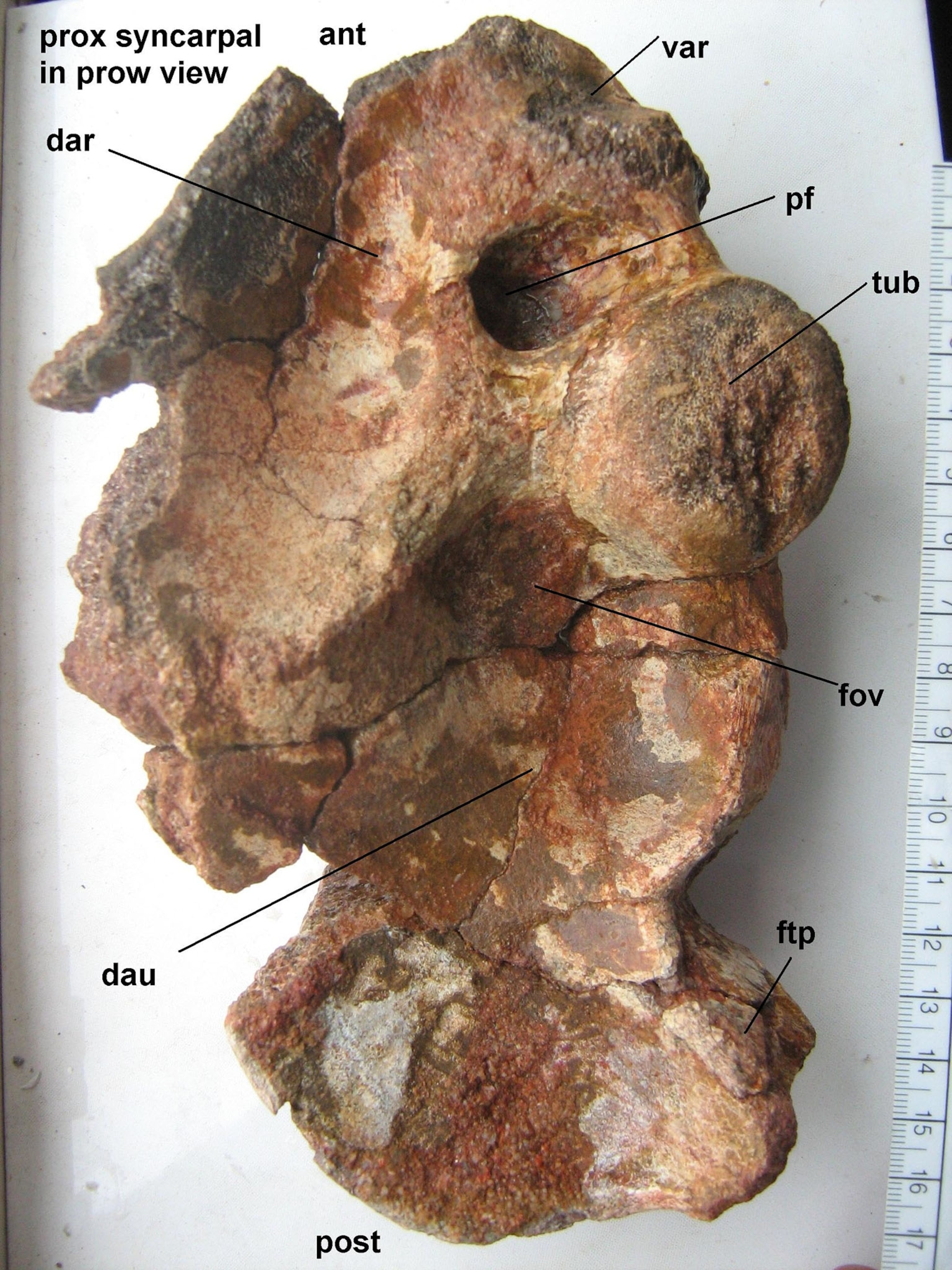
All of these pterosaur species are members of a group of weirdly proportioned giants called the azhdarchids, which walked proficiently on all fours and hunted their prey on the ground.
Each animal was basically “a giant head and neck with wings bolted on,” comments Michael Habib, an expert on pterosaurs at the University of Southern California. A fairly typical azhdarchid, such as North America’s Quetzalcoatlus, had a head that was about three and a half times the size of the animal’s shoulder-to-hip length.
“Some of them were kind of longer and lankier, while others were kind of stocky bruisers, which probably took larger prey,” Habib says. “We're extrapolating a lot here, because there's not much fossil material, but assuming the new animal fits on the robust end, it maybe had a penchant for eating slightly larger animals than some of the more tweezer-beaked azhdarchids.”
Island Living
This latest fossil find is part of a larger project looking at all the pterosaurs recently found in the very late Cretaceous rocks of Transylvania and what they reveal about this ancient island haven, Vremir says.
“There seems to have been a concentration of giants in the late Cretaceous. There's probably a couple of pterosaur species overlapping in time, all getting very large,” says Habib. “It might be that something about the conditions there were really good for them.”
And when one of these ground-hunting giants landed on an island in the archipelago that is now Transylvania, they were the largest predators there, which meant they were relatively safe and had plenty of prey and good places to nest. (See a record-breaking haul of pterosaur eggs found in China.)
Perhaps that’s how the pterosaur dubbed Dracula reached its gargantuan size, nearing the limit of what should be possible for flying reptiles.
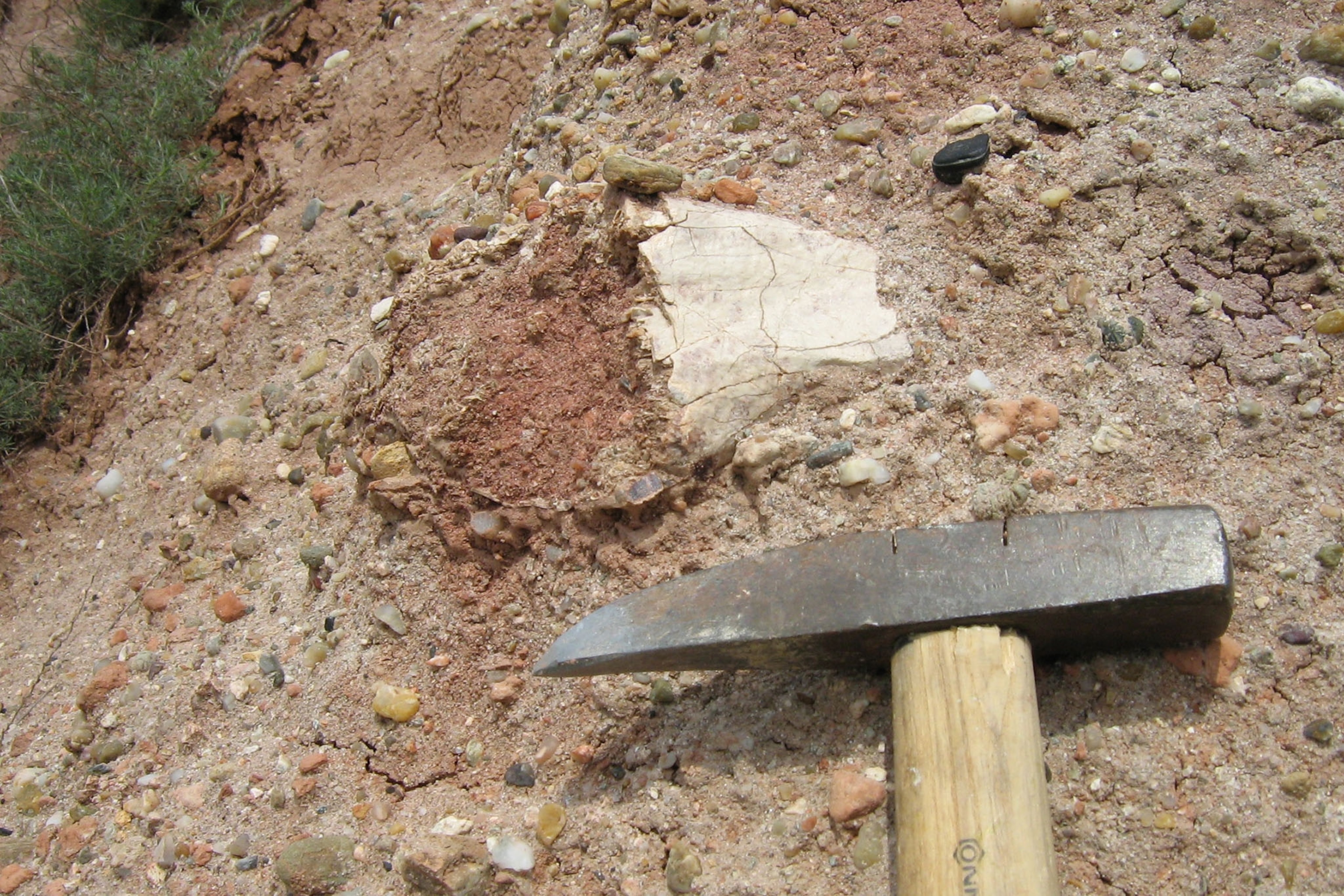
While no scientific description of the species has yet been published, a life-size reconstruction of the creature now on display in Germany’s Altmühltal Dinosaur Museum suggests that the animal stood 11.5 feet tall on the ground and had a wingspan of 39 feet. What’s more, the shape of some of the giant creature’s bones, such as those of the shoulder and the wing, suggest it couldn’t fly.
But that doesn’t necessarily mean members of this species were flightless for their whole lives, Habib says. They may have hatched at or near being flight-capable and eventually grew out of it when they reached a size and weight that rendered them no longer at risk of predation.
“I'm quite confident that the Sebes giant was flightless,” says Vremir. “A good analogy would be the elephant-bird from Madagascar, as Transylvania was also an island during the [latest Cretaceous].”
The giant pterosaurs of Romania “appear to be a bit more diverse and weird compared to others that we know of,” agrees Dave Hone, a palaeontologist at Queen Mary University of London in the U.K. “Islands are notorious for throwing up oddities. We have a bunch of weird dinosaurs from Hateg and a lack of really big carnivores, so the pterosaurs were basically tyrannosaur surrogates.”
Follow John Pickrell on Twitter.

